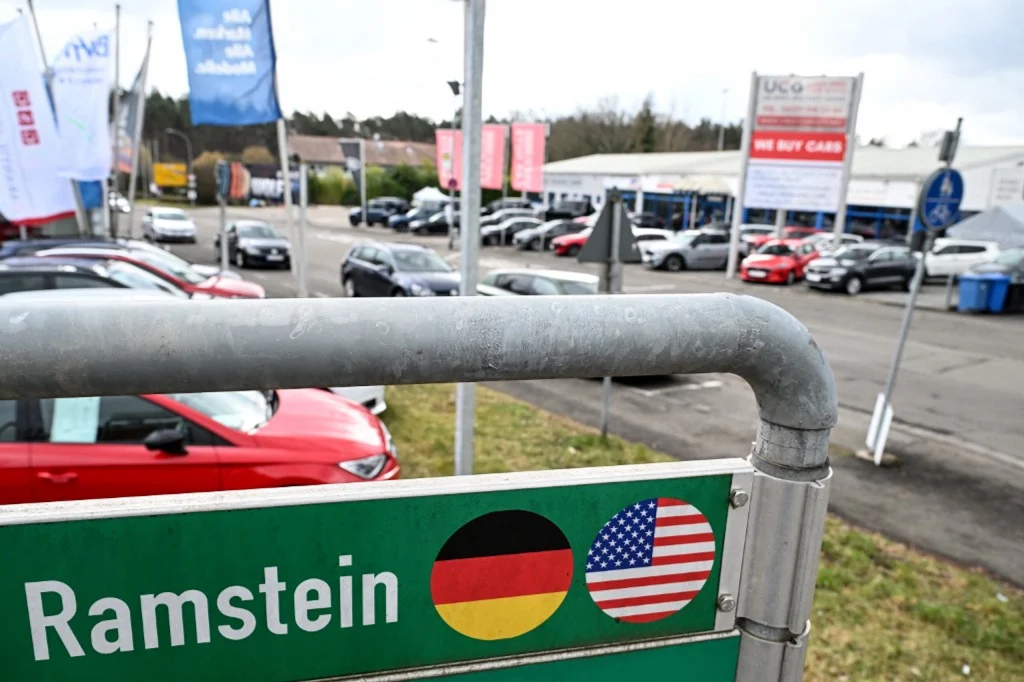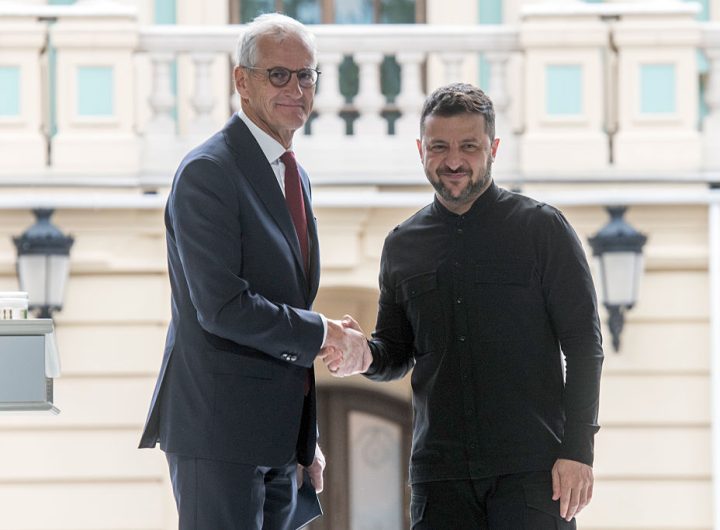
Foto: AFP
In a growing threat to Ukraine’s lifeline, Russia has been launching drones over eastern Germany to observe Western logistics efforts to shore up Ukraine’s defense.
A sinister shadow looms over eastern Germany as Russian surveillance drones, some reportedly Iranian-made, brazenly infiltrate NATO’s critical supply routes ferrying military aid to Ukraine.
US and European military officials, cited by the New York Times, confirm these unmanned intruders are part of Moscow’s escalating espionage campaign, gathering intelligence to bolster its sabotage operations across Europe and support its faltering war effort in Ukraine.
The audacity of these flights, concentrated in Germany’s Thuringia region, signals a dangerous escalation in Russia’s hybrid warfare, threatening the backbone of Western support for Kyiv.
The drones, suspected to be launched from ships in the Baltic Sea, are not mere nuisances – but sophisticated tools of espionage. German intelligence officials believe these platforms – some bearing the hallmarks of Iranian manufacturing – are collecting critical data on the logistics of US and allied weapons shipments.
This intelligence could enable Russia to pinpoint supply chains, identify manufacturers testing grounds and depots to orchestrate sabotage to disrupt the flow of arms through Poland into Ukraine.
While photographic reconnaissance drones are thought to predominate, some Russian platforms perform Signals Intelligence (SIGINT) missions, trawling for radio signals and electronic emissions associated with German, NATO and allied military facilities.
The scale of these airspace violations is appalling. Between January and March this year, 536 unidentified drones were spotted over Germany in 270 separate incidents. Russian drone operations are becoming increasingly complex, with many missions involving multiple drones operating simultaneously over targets of interest.
At least 55 cases saw swarms of Russian drones hovering over military bases and critical infrastructure, predominantly at night, raising alarms about their intent. These flights are not random; they are deliberate, targeting sensitive sites like the Schwesing airbase, where Ukrainian troops train on Patriot systems, and Manching Air Base, a hub for testing German military aircraft.
Later than might have been hoped, German authorities are scrambling to respond. Berlin is bolstering anti-drone defenses at military installations, with a German armed forces spokesperson labeling the flights a “considerable security risk.”
Yet existing countermeasures, including the Bundeswehr’s HP47 electronic warfare jammers, have proven ineffective against these advanced Russian platforms, exposing a critical gap in Germany’s air defense.
In January 2025, Berlin proposed amending its Aviation Security Act to allow the military to shoot down suspicious drones, a move spurred by repeated incursions over bases like Manching and Neuburg an der Donau. Perhaps unsurprisingly, the political will to defend German skies does not seem to be there.
Russia’s drone operations fit a broader pattern of hybrid warfare. Western officials point to a string of Kremlin-linked sabotage acts – warehouse fires in Britain, an attack on a Norwegian dam, attempts to sever Baltic Sea cables – and a campaign of sabotage against cell towers in Sweden aimed at destabilizing Europe and eroding support for Ukraine.
Despite a reported decline in such incidents in 2025, due to heightened NATO intelligence sharing and European crackdowns, Moscow’s ability to recruit intelligence operatives, assets and agents remains alarmingly robust.
Massively downplayed by the media, the May arrest of three Ukrainian nationals in a Russia-linked plot to bomb German based trans-Atlantic cargo planes underscores the gravity and lethality of this threat.
Putin spokesman Dmitry Peskov dismissed the drone reports as “fake,” claiming Germany would not stay silent if such activities were evident. Yet, the evidence is mounting, and the implications are dire.
Russian drones over Europe are not just spying; they’re mapping critical NATO ground lines of communication and supply, identifying sensors and air defense locations and NATO command and control elements. Mapping drones scout locations for the pre-positioning of assets, weapons and explosives for sabotage operations that could choke Ukraine’s lifeline.
As Germany and its allies race to counter this insidious campaign, the skies over Thuringia serve as a stark reminder: Russia’s war on Ukraine extends far beyond the battlefield, threatening the very heart of Europe’s security./KP/

 Japan and Europe come together in support of Taiwan
Japan and Europe come together in support of Taiwan  BIRN journalist: Media workers in Serbia exposed to digital attacks and secret surveillance – most cases go unnoticed
BIRN journalist: Media workers in Serbia exposed to digital attacks and secret surveillance – most cases go unnoticed  Robot Soldiers: Ground Drones On The Ukrainian Front Lines
Robot Soldiers: Ground Drones On The Ukrainian Front Lines  Possible security risks’ in serbian passports for russian citizens
Possible security risks’ in serbian passports for russian citizens  Norway urged to tap €1.8tn fund to help EU unlock Ukraine loan
Norway urged to tap €1.8tn fund to help EU unlock Ukraine loan  EU Launches ‘Democracy Shield’ to fight russian disinformation and protect electoral process
EU Launches ‘Democracy Shield’ to fight russian disinformation and protect electoral process